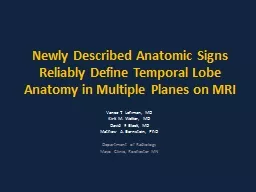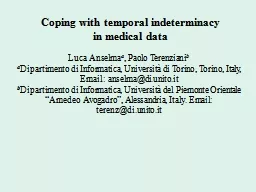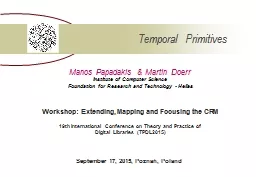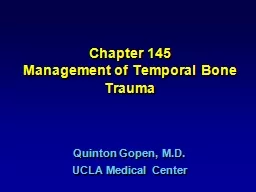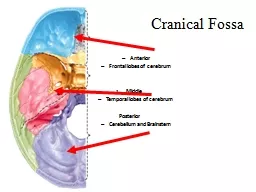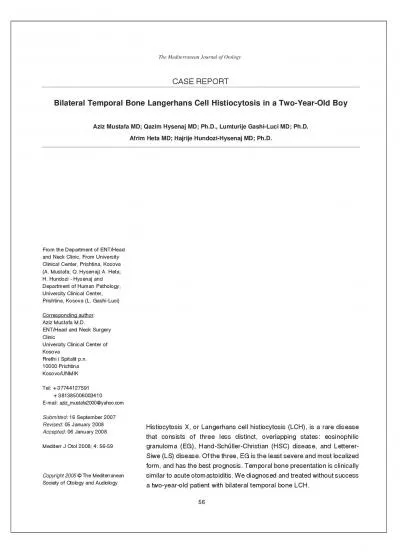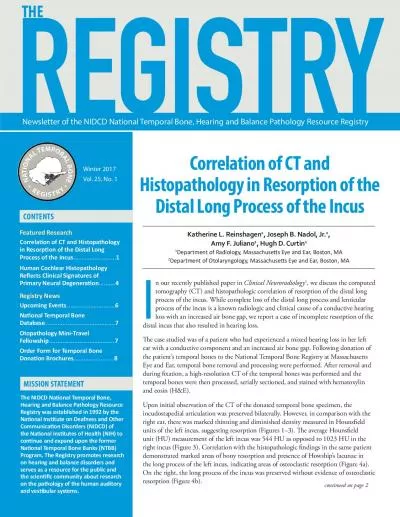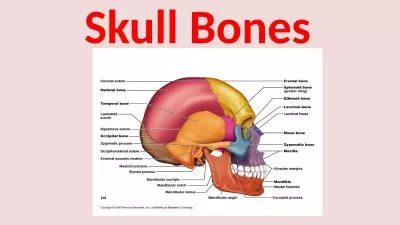PPT-Temporal bone E.Khalili
Author : CottonTails | Published Date : 2022-08-04
Pooya به نام خدا Temporal bone Hypotympanum Shallow space in floor of middle ear cavity Epitympanum attic Roof tegmen tympani Floor line between
Presentation Embed Code
Download Presentation
Download Presentation The PPT/PDF document "Temporal bone E.Khalili" is the property of its rightful owner. Permission is granted to download and print the materials on this website for personal, non-commercial use only, and to display it on your personal computer provided you do not modify the materials and that you retain all copyright notices contained in the materials. By downloading content from our website, you accept the terms of this agreement.
Temporal bone E.Khalili: Transcript
Download Rules Of Document
"Temporal bone E.Khalili"The content belongs to its owner. You may download and print it for personal use, without modification, and keep all copyright notices. By downloading, you agree to these terms.
Related Documents


